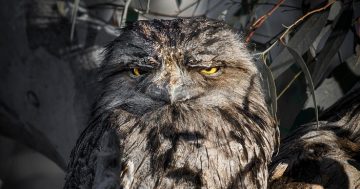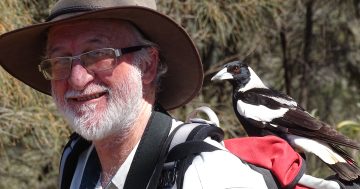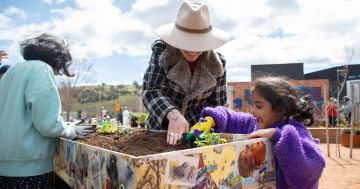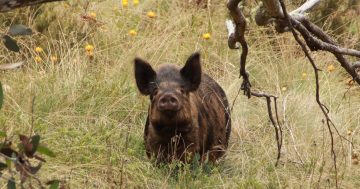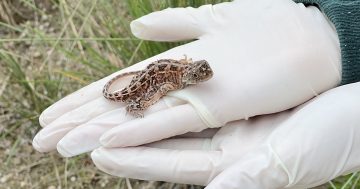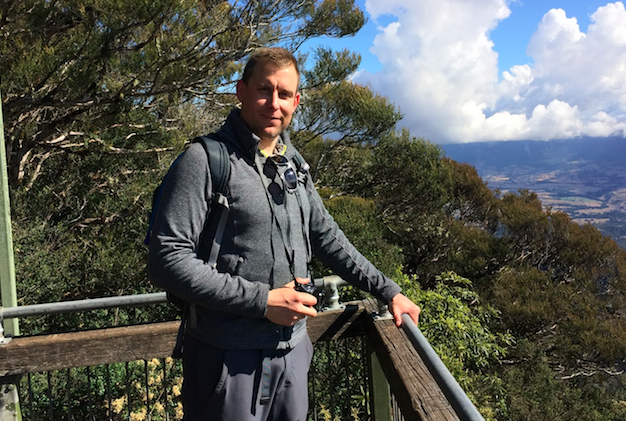
When Aaron Clausen accidentally rode his mountain bike through a patch of critically endangered Canberra spider orchids, he realised more could be done to identify and protect the ACT’s endangered wildlife.
The IT consultant founded the Canberra Nature Map project, a citizen science portal for park care groups, volunteers and members of the public to report sightings of rare and endangered plant species, in December 2013.
In just 18 months, Canberra Nature Map’s 200 users have helped to double the number of rare plant records collected in the ACT in the past 100 years, uploaded over 8000 sightings, played a key role in rerouting a gas pipeline installation at Mount Majura due to highly sensitive plant colonies and assisted the ACT Government to eradicate infestations of new high risk weeds before they became widespread.
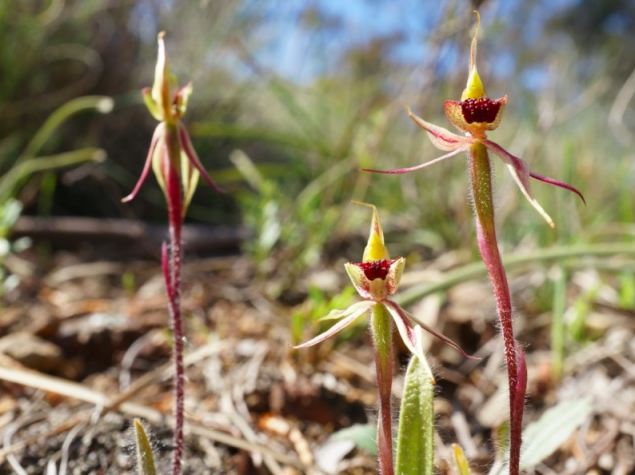
Aaron says the project has also revealed new locations of endangered plants such as the Canberra spider orchid.
“When we started Canberra Nature Map there were only about 200 Canberra spider orchid plants known to exist. They didn’t flower very often, and you had to be lucky to see them. Through the site we’ve since discovered a whole new colony with around 200 plants just in that area alone,” he says.
But Canberra Nature Map didn’t start out as many might expect.
“It wasn’t really a matter of whipping up a website and writing some code and hoping that people found the site,” Aaron explains.
Before founding Canberra Nature Map, Aaron had developed informal working relationships with a couple of employees at the ACT Government’s conservation, planning and research unit, based on a shared interest in preserving Canberra’s orchids.
“I’m a software guy and I build a lot of web platforms. Obviously I could see a bit of frustration in manually emailing government employees every time I found a new plant sighting, so I started to visualise the ways we could do it online. I really just put a bit of a prototype together and started using it. I uploaded my own data and started sending them the link,” he says.
“That indirectly caused them to start using Canberra Nature Map. The first version of the platform was basic. It had a photo, a date and a few fields, but over time we started incrementally improving and then government guys started asking for access for colleagues and friends.
“Most people don’t realise that the plant they’re looking at could be something really significant, and that it could be great for the government to get that data.”
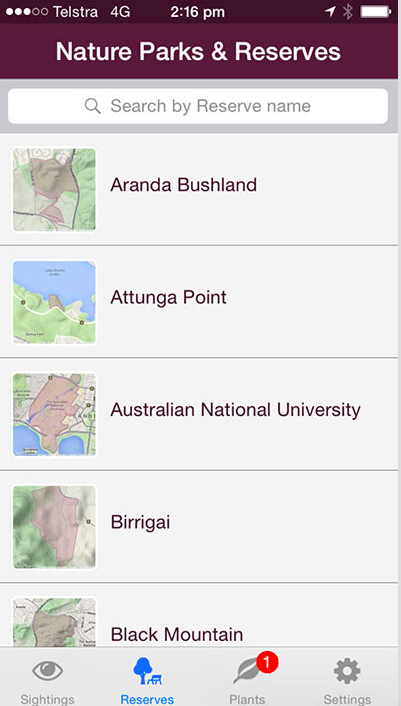
Trial portals are currently under evaluation, with the intention of expanding Canberra Nature Map to catalogue reptile, frog, bird and butterfly sightings in addition to plants and flowers.
Aaron has also used Canberra Nature Maps’ technology and algorithms to launch NatureMapr, an app that allows organisations to collect, manage and analyse information from the natural world.
“There is some fantastic technology underneath Canberra Nature Map, which we’ve now made available to other organisations through the NatureMapr platform,” Aaron says.
“For example, the smartphone app works seamlessly even without any internet connection. So if you are out in the middle of the outback with no phone reception, you can continue to log and record sightings and also view the species lists and images. Everything is cached on the device and synced back to the server later once an internet connection again becomes available.”
He says the goal is for NatureMapr to become a global software business.
“We’re already receiving enquiries from other government customers to help with some really exciting projects.
“What Canberra Nature Map showed me was how successful a project can be when the private sector partners with government. The outcomes it has achieved have really surprised me, but if you tried it as a government project with no private sector input, it wouldn’t be as successful because you can’t easily innovate.
“In the same way, a completely private project wouldn’t have been as successful because you don’t have the badge of government or the expertise that its employees bring. I can see NatureMapr applying the same model around the world,” he says.












